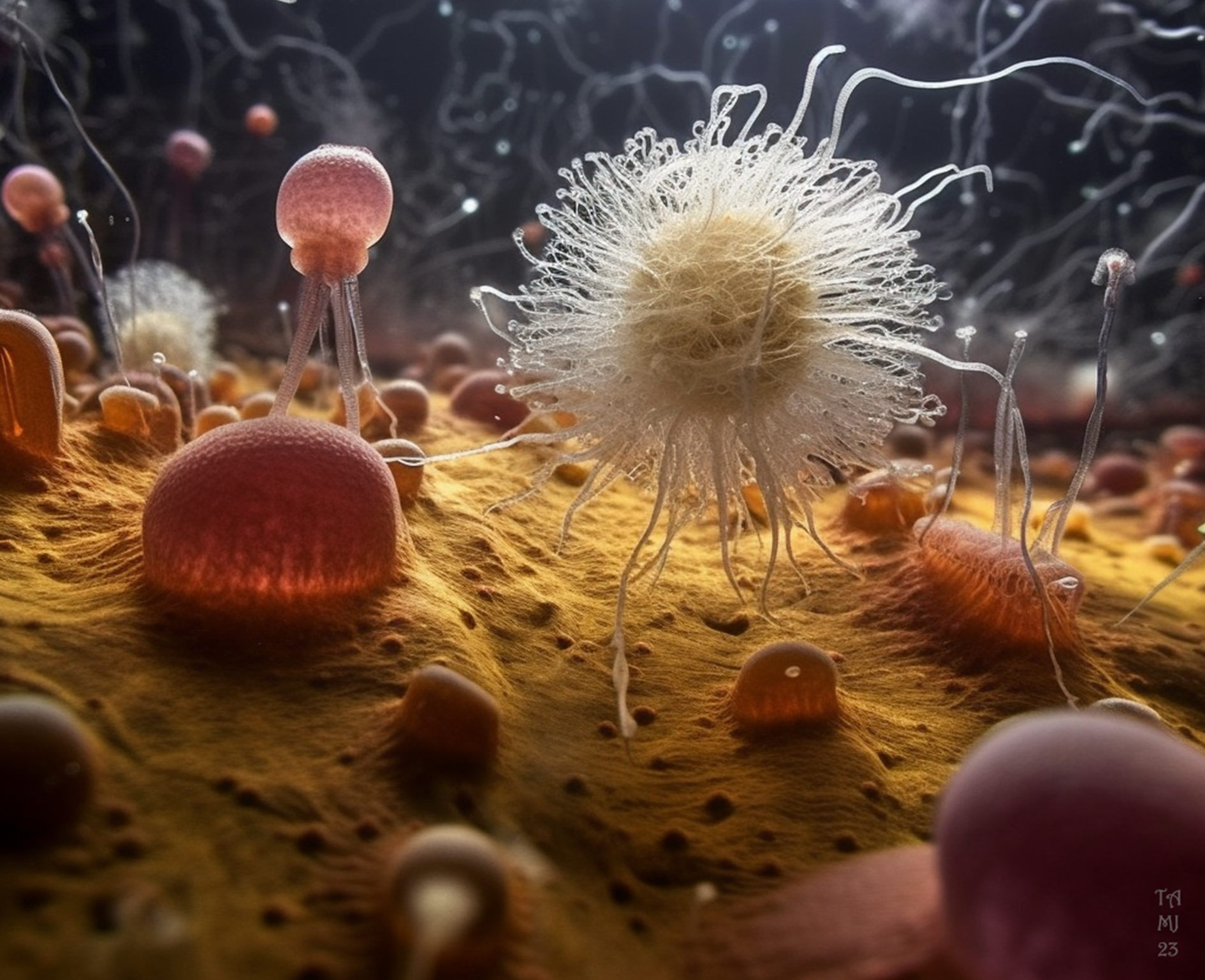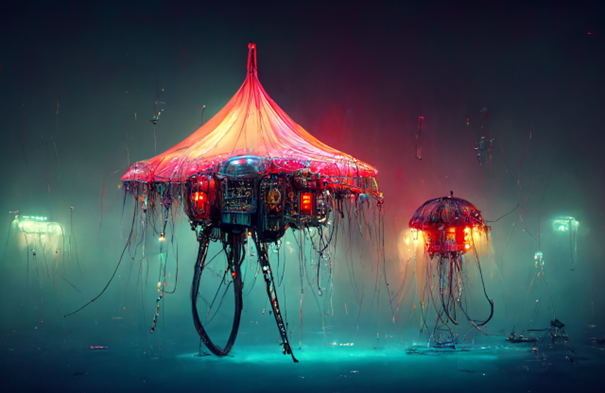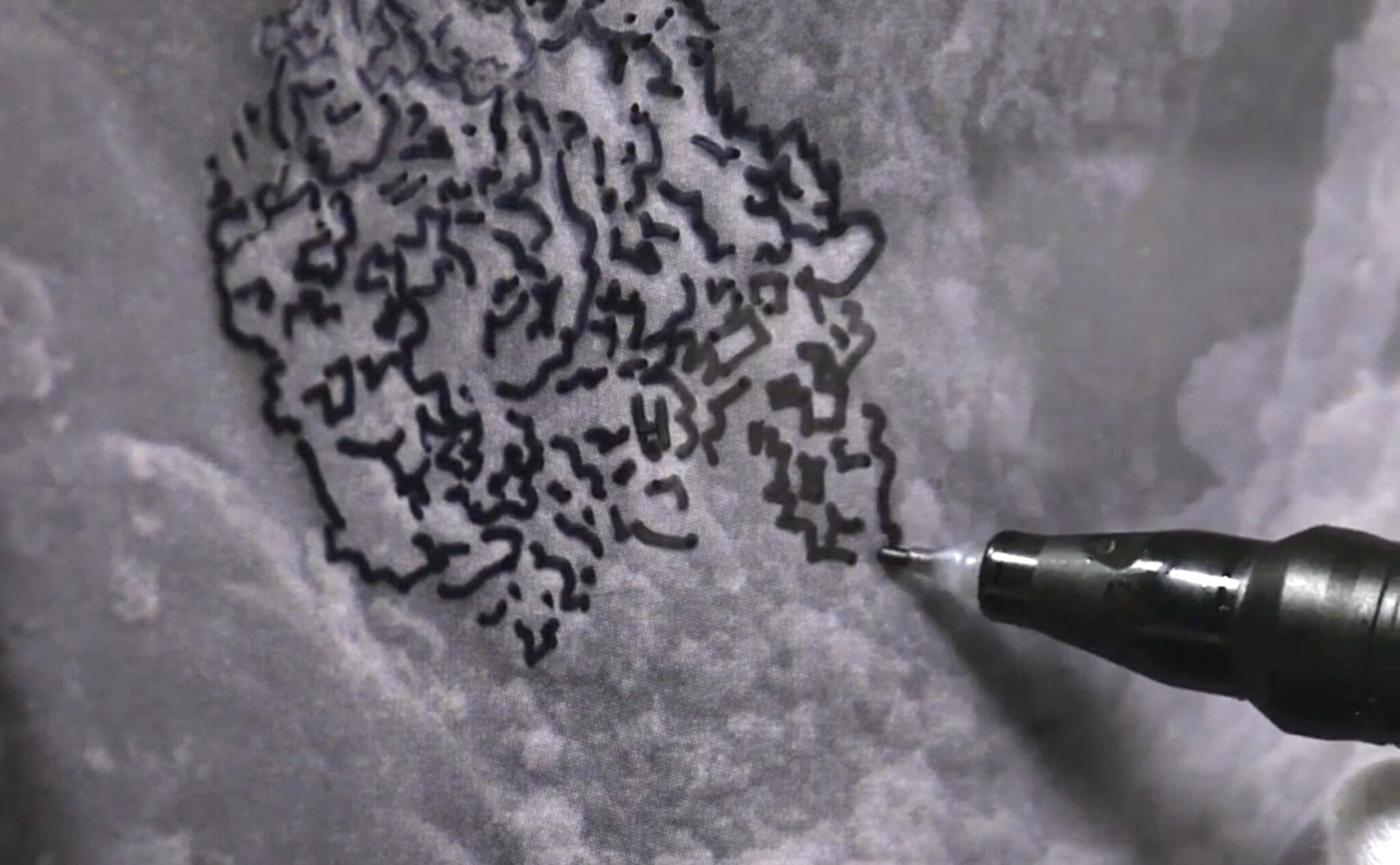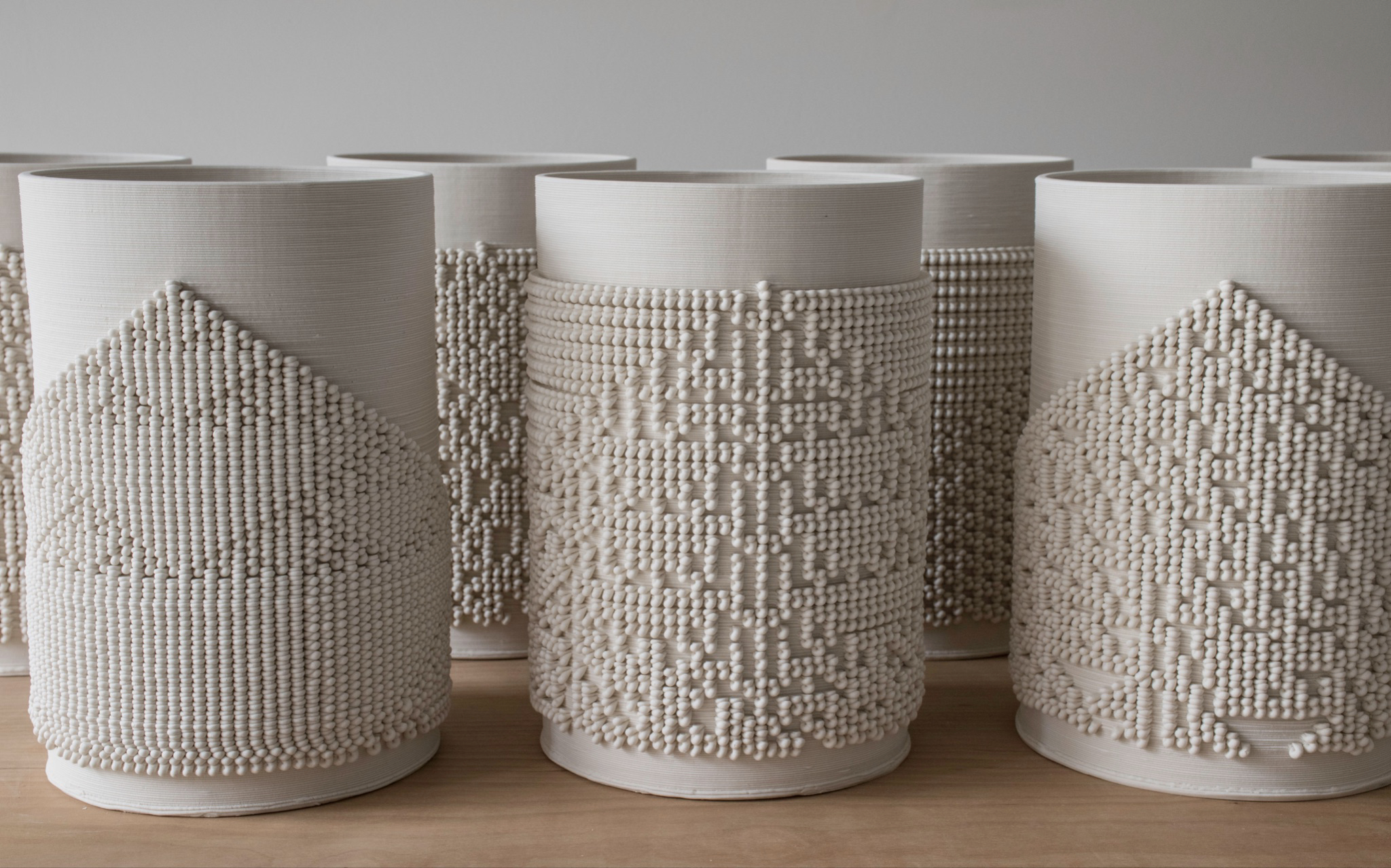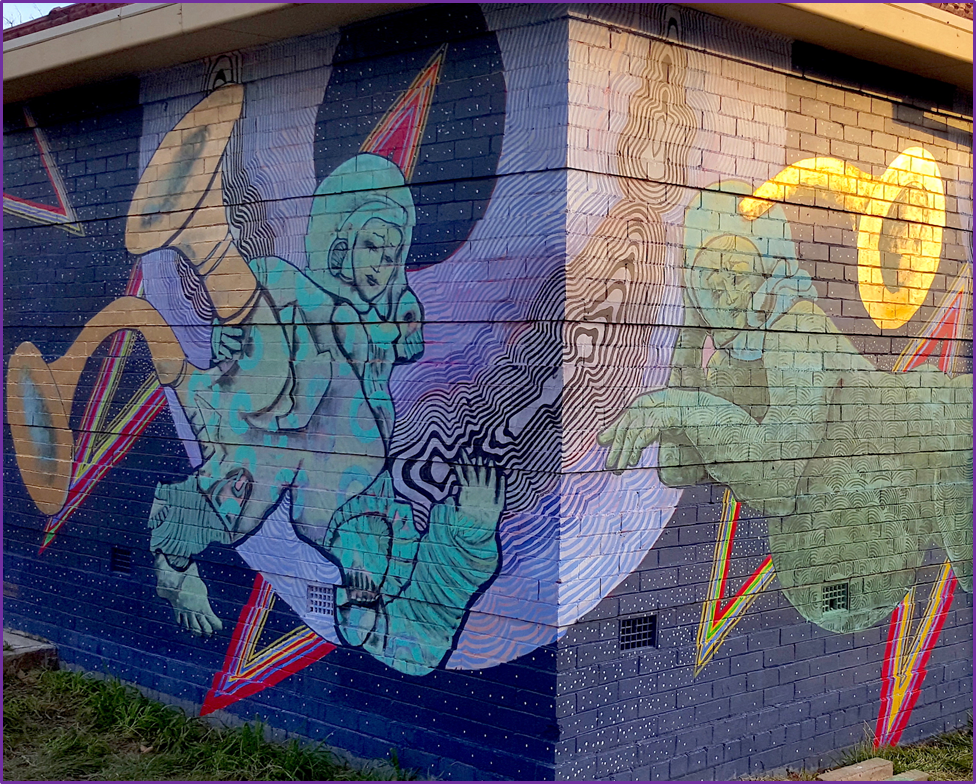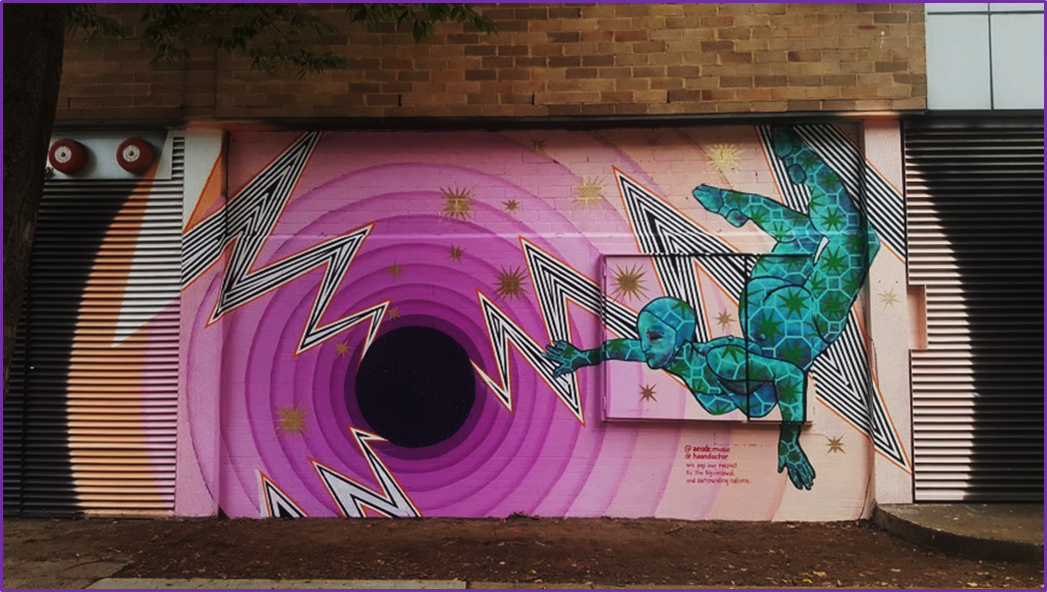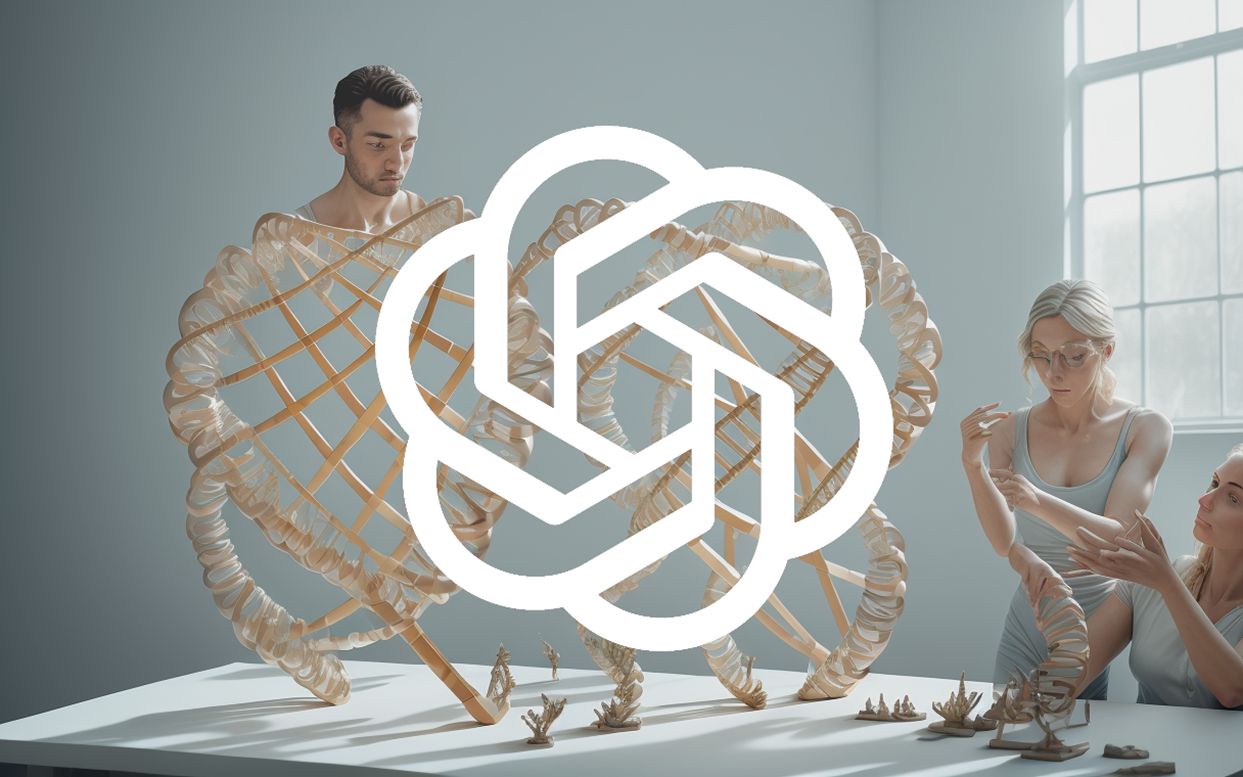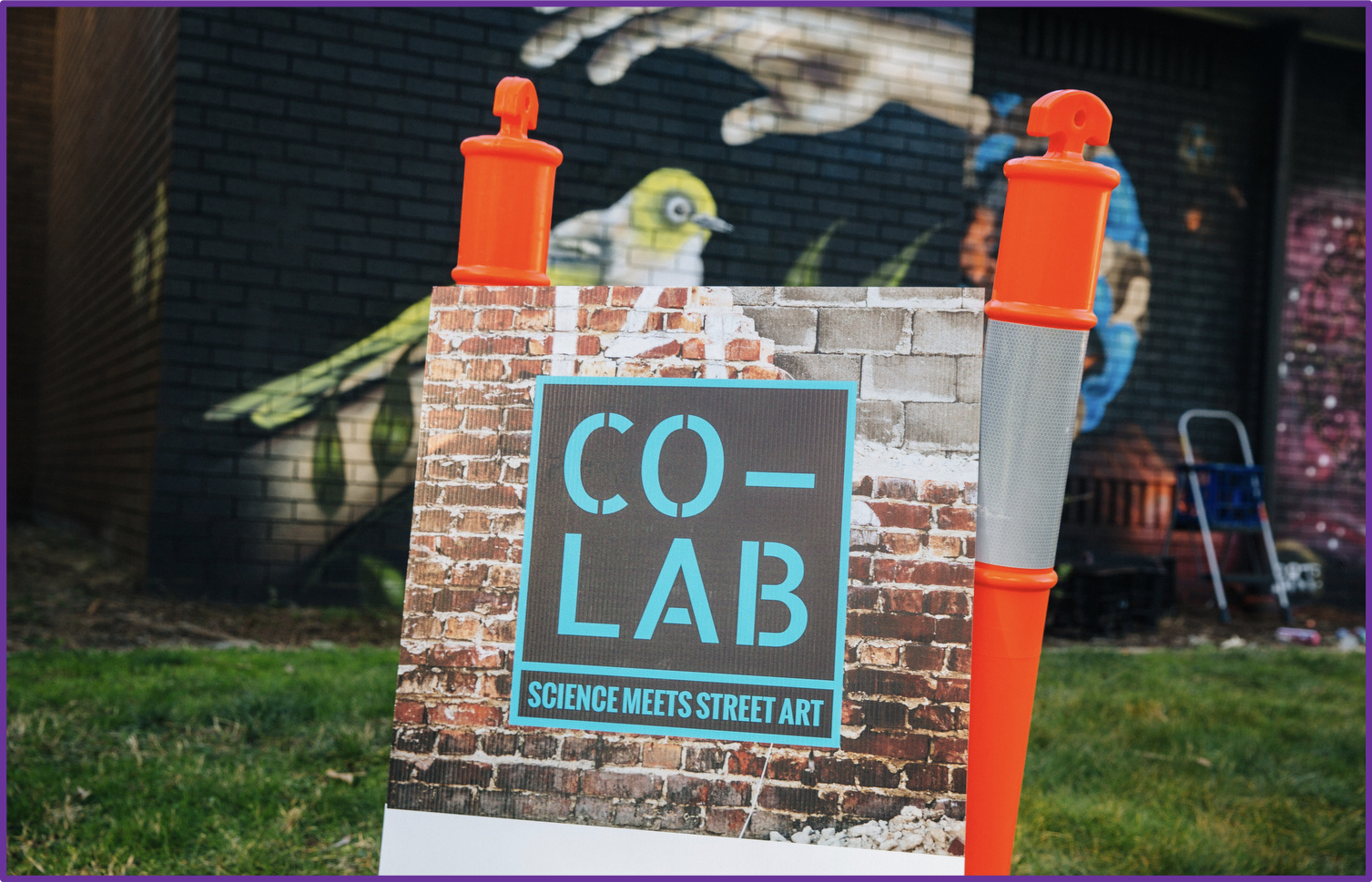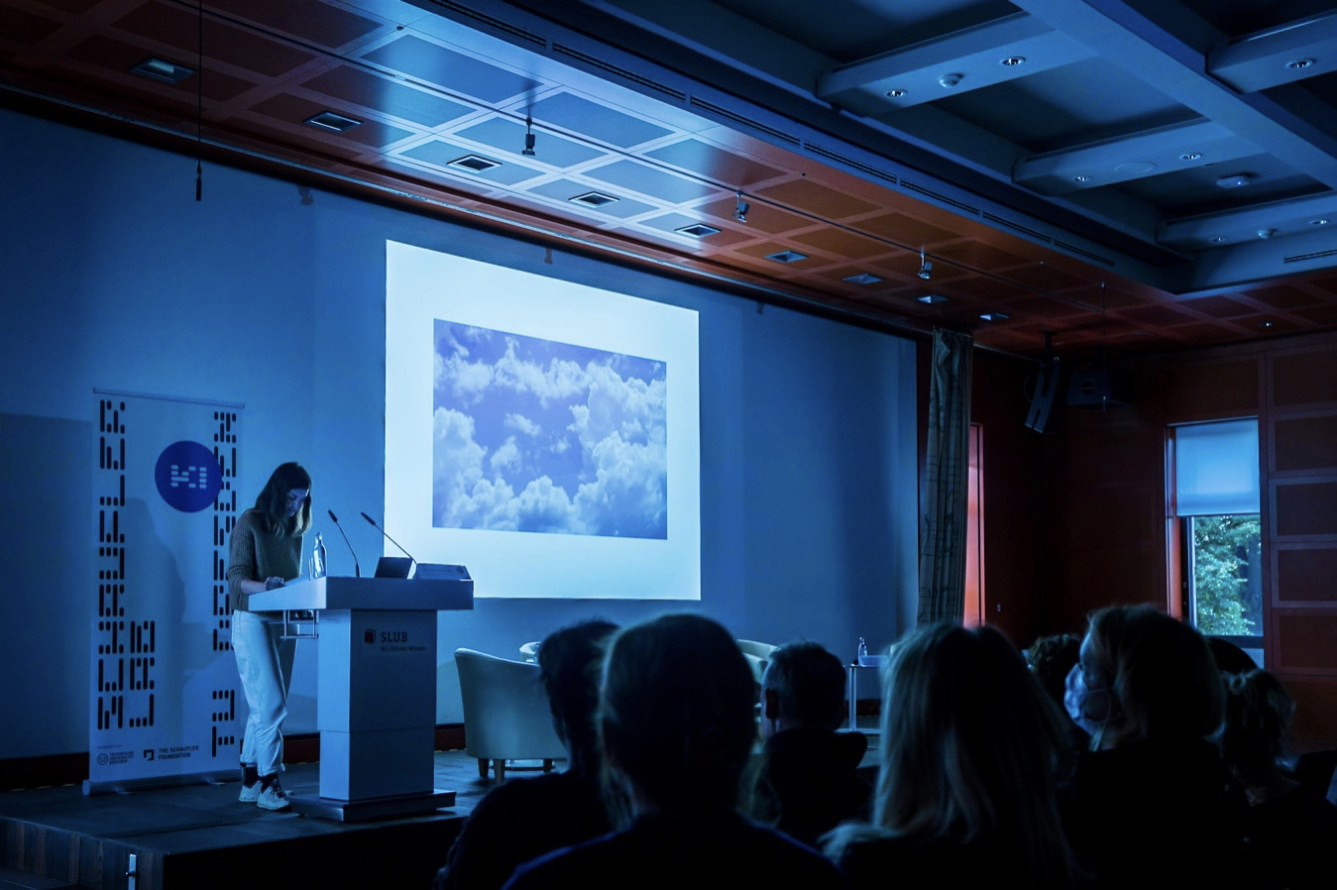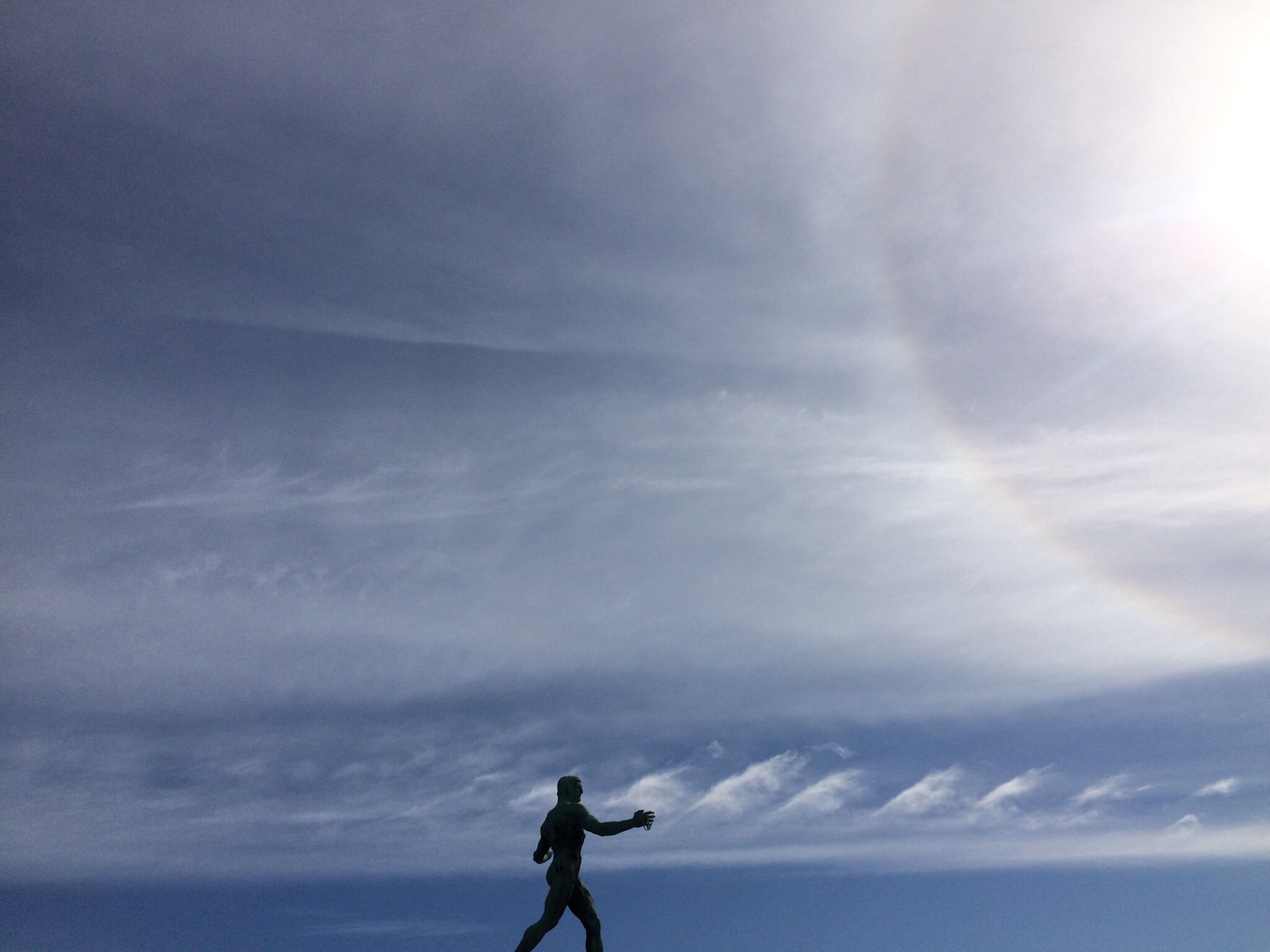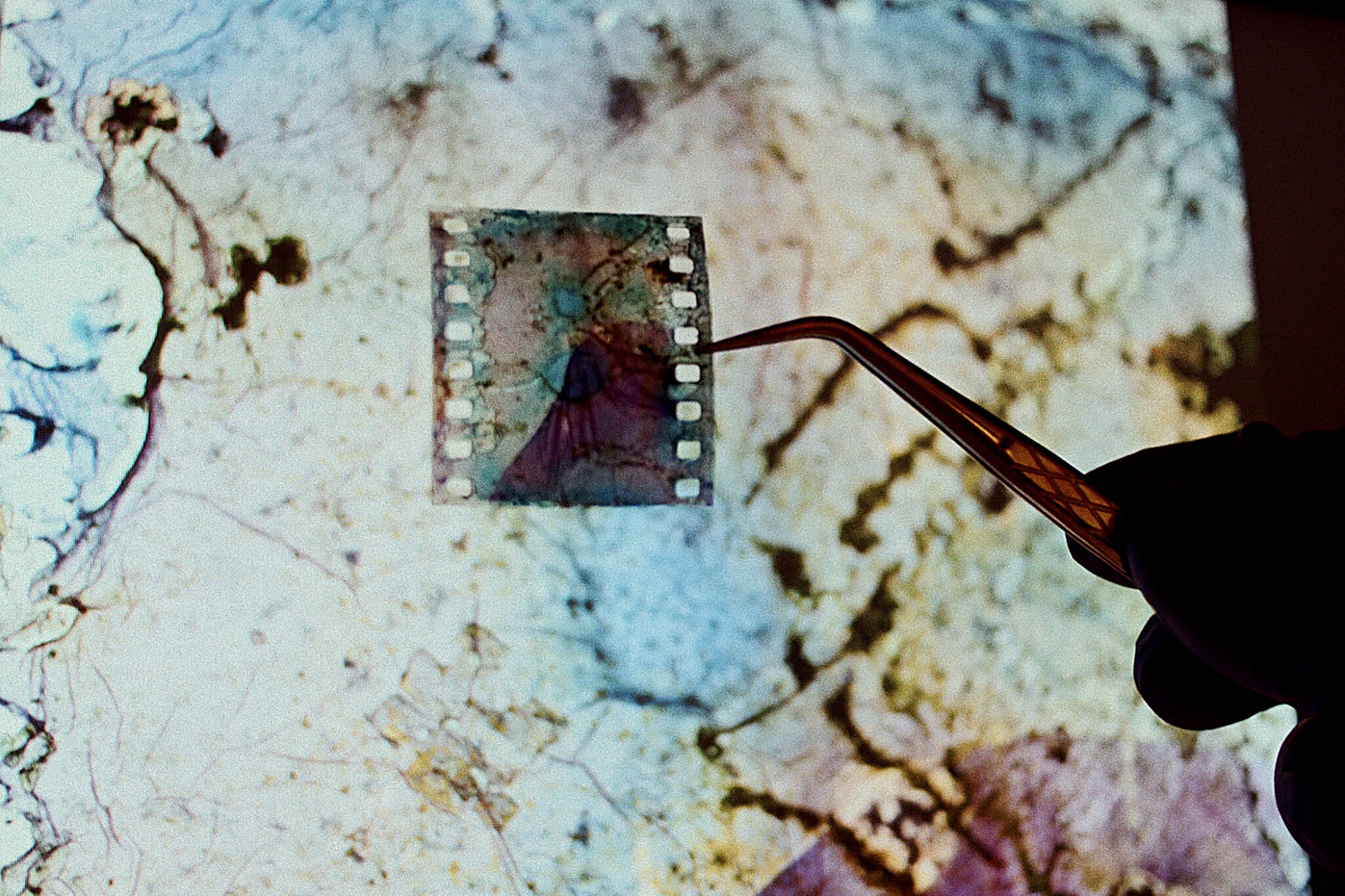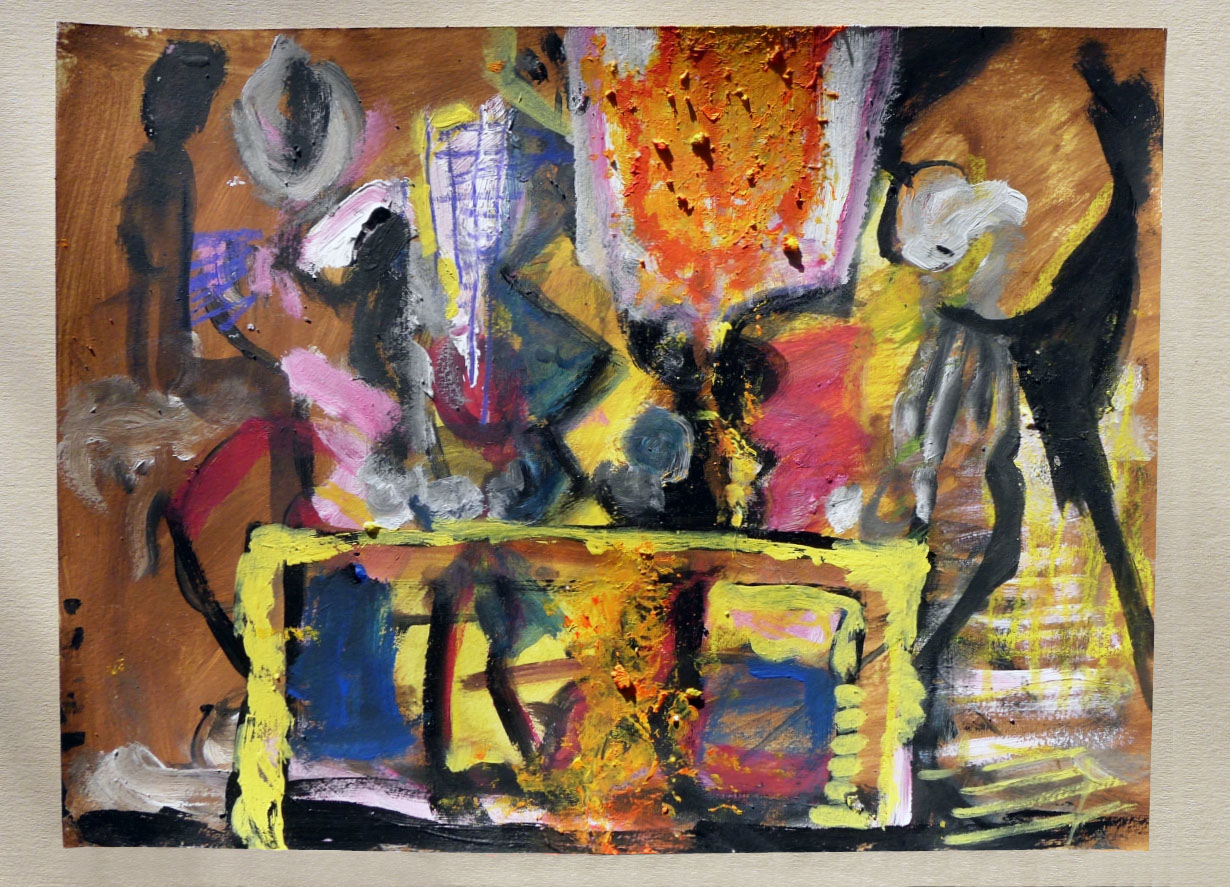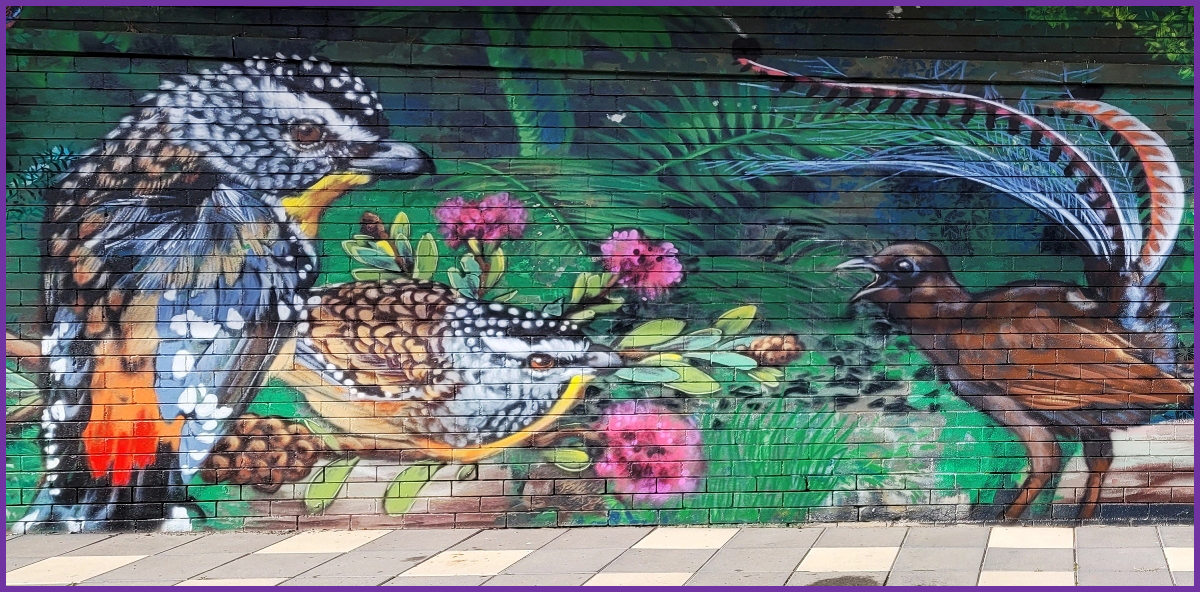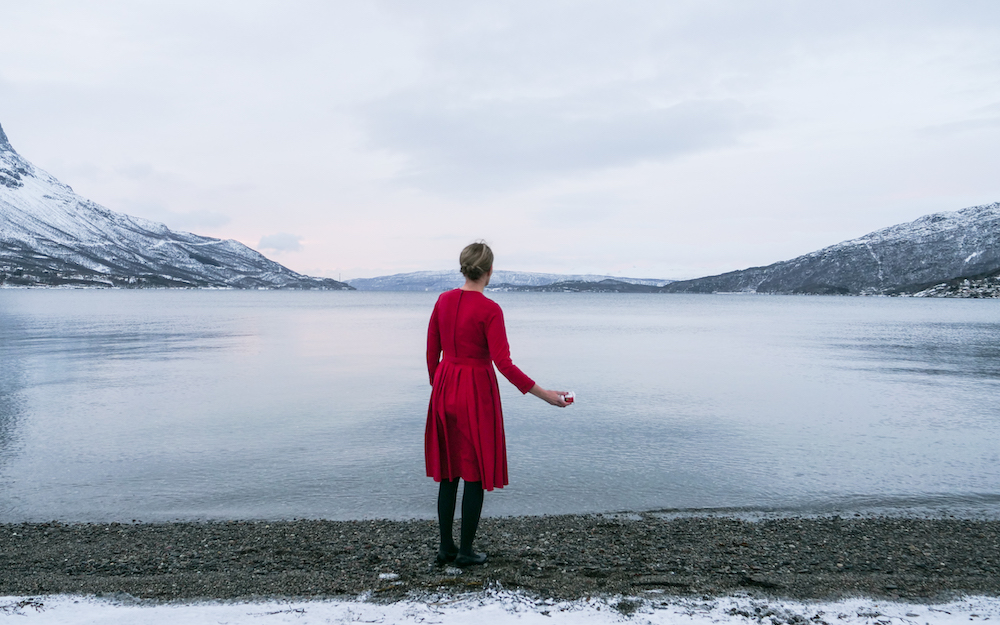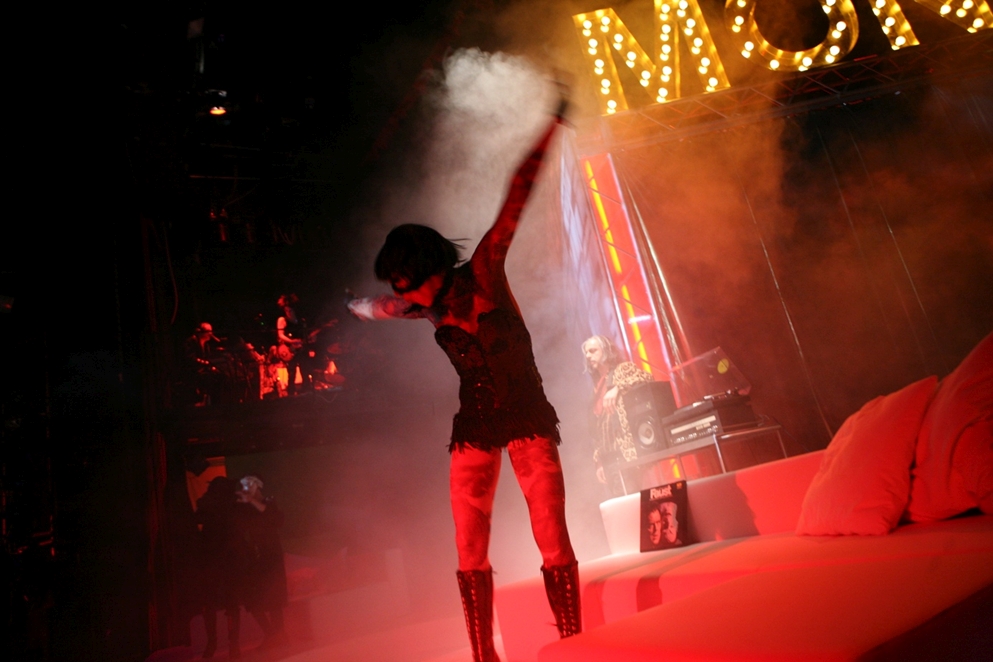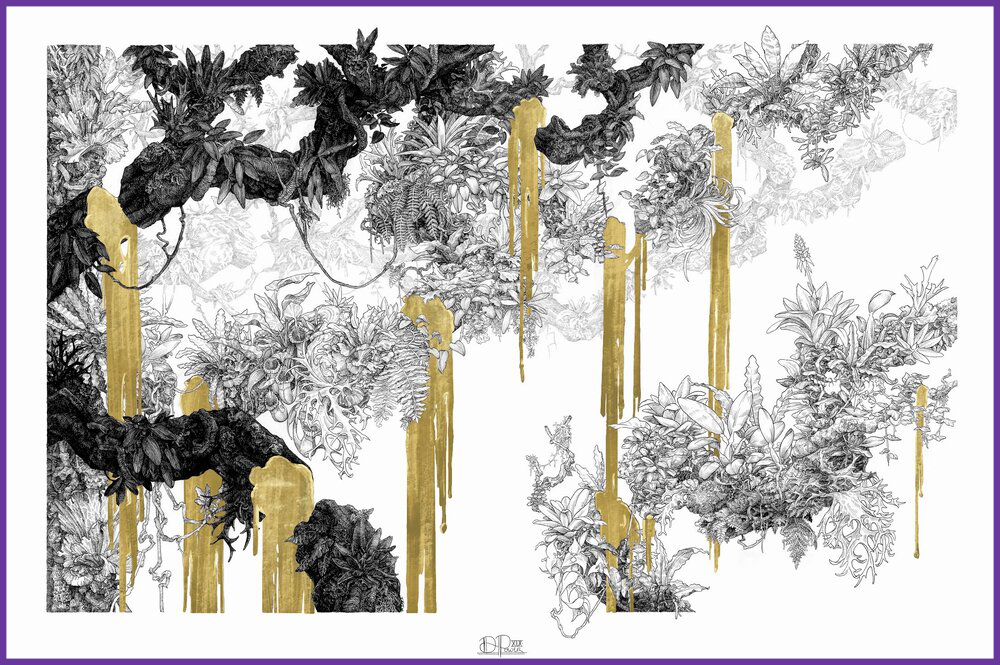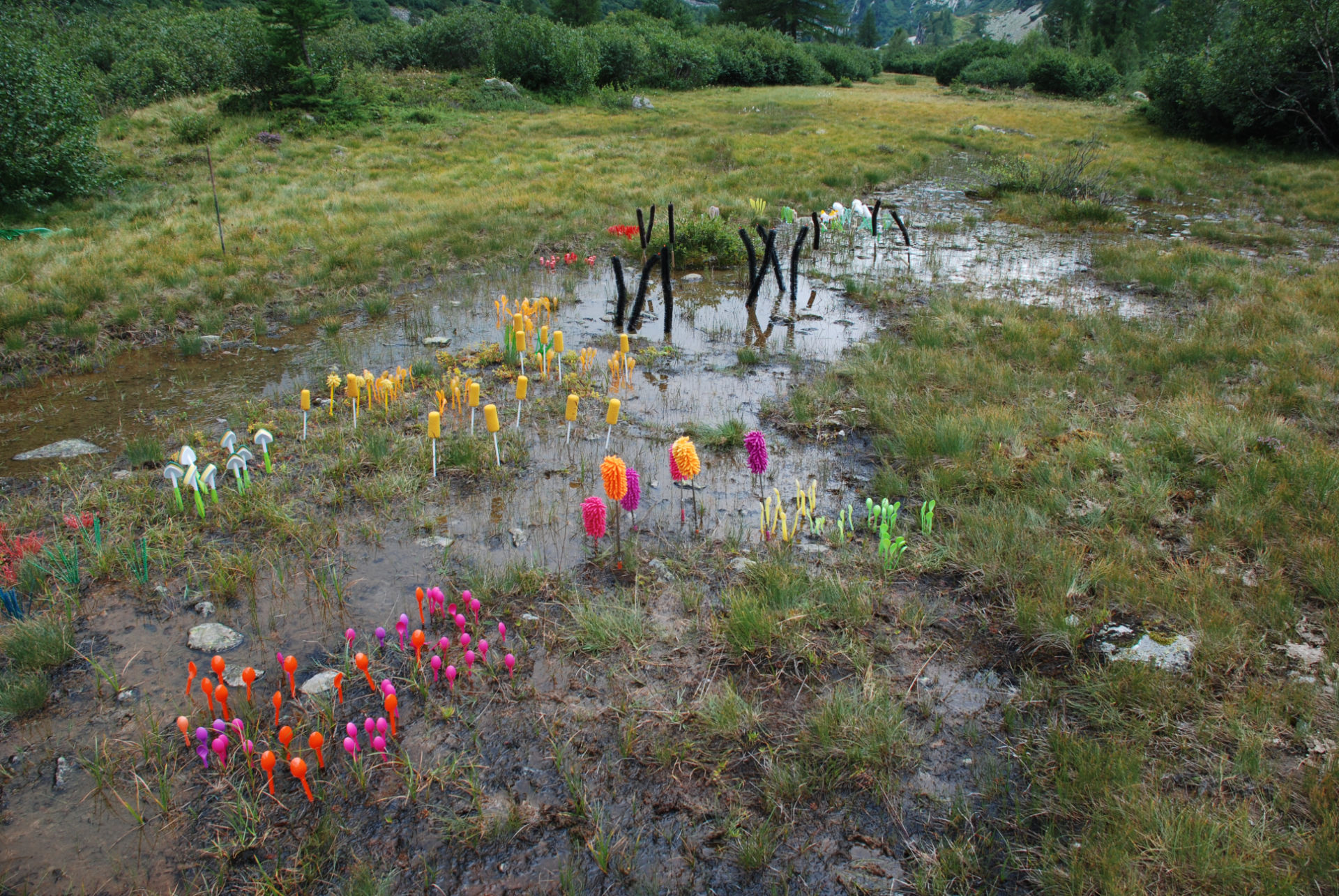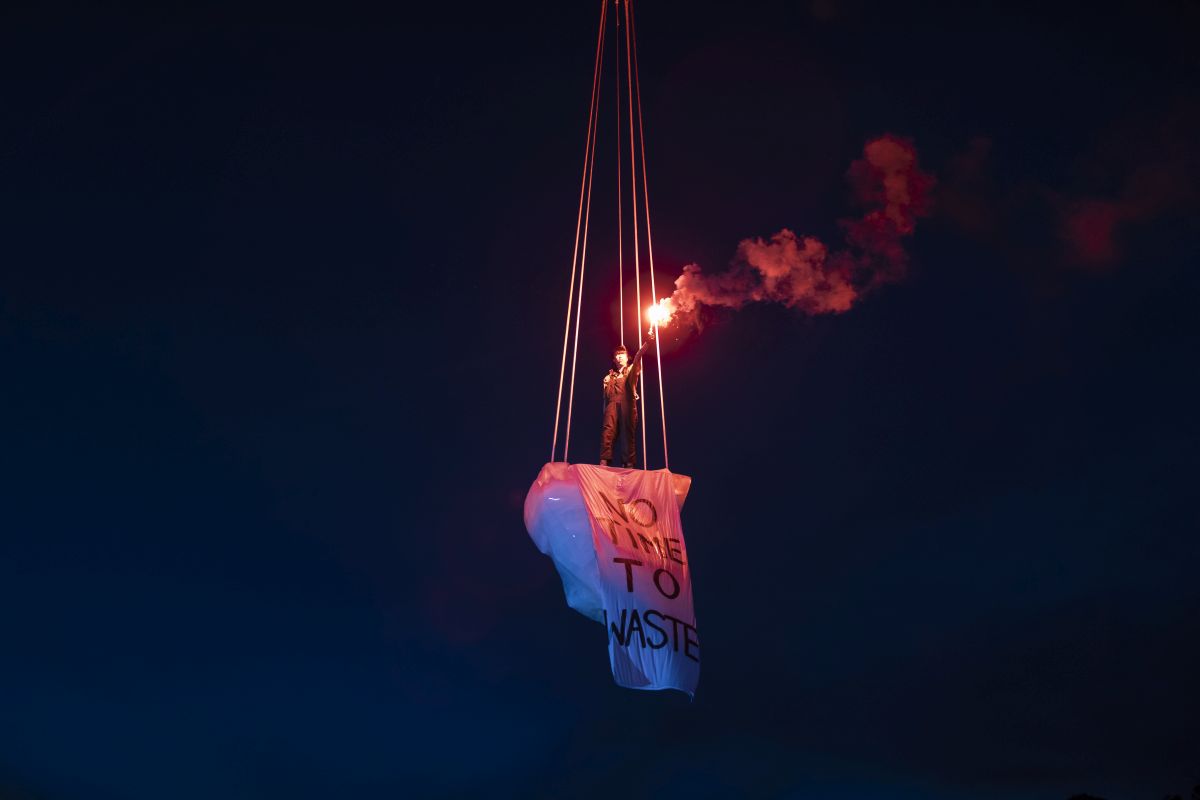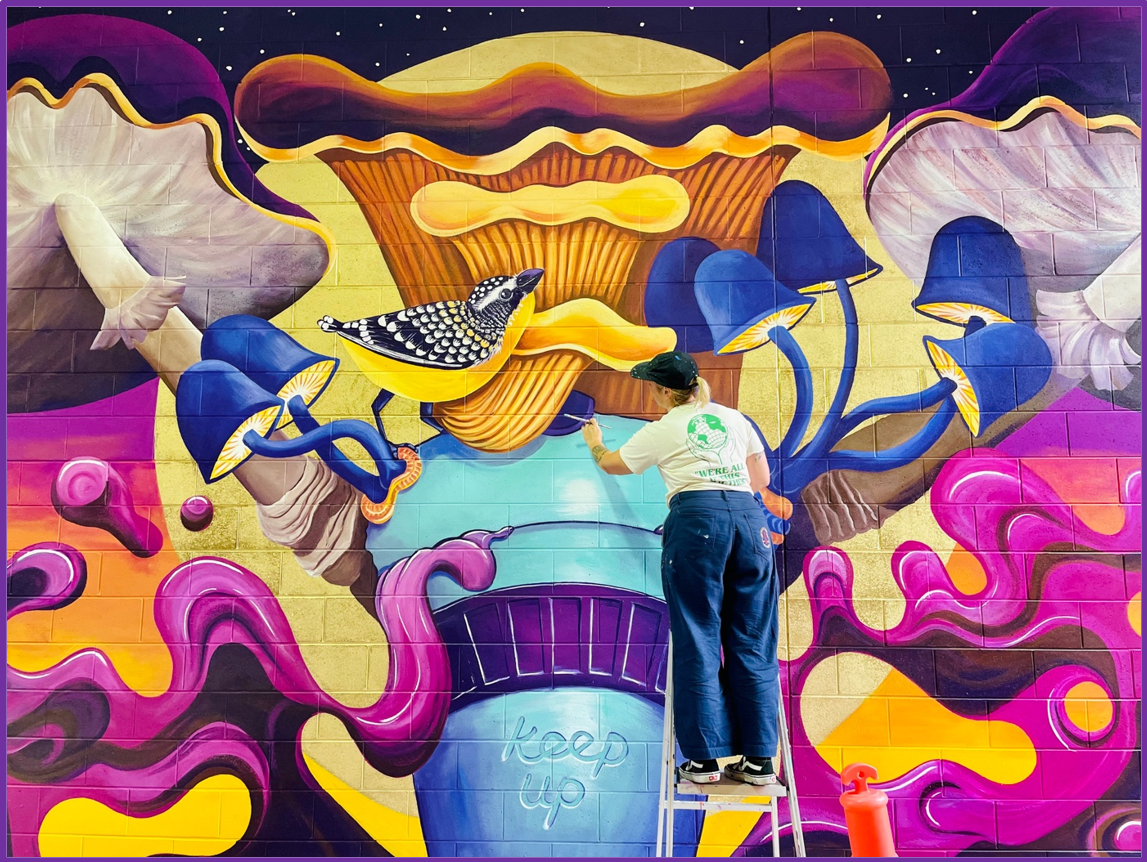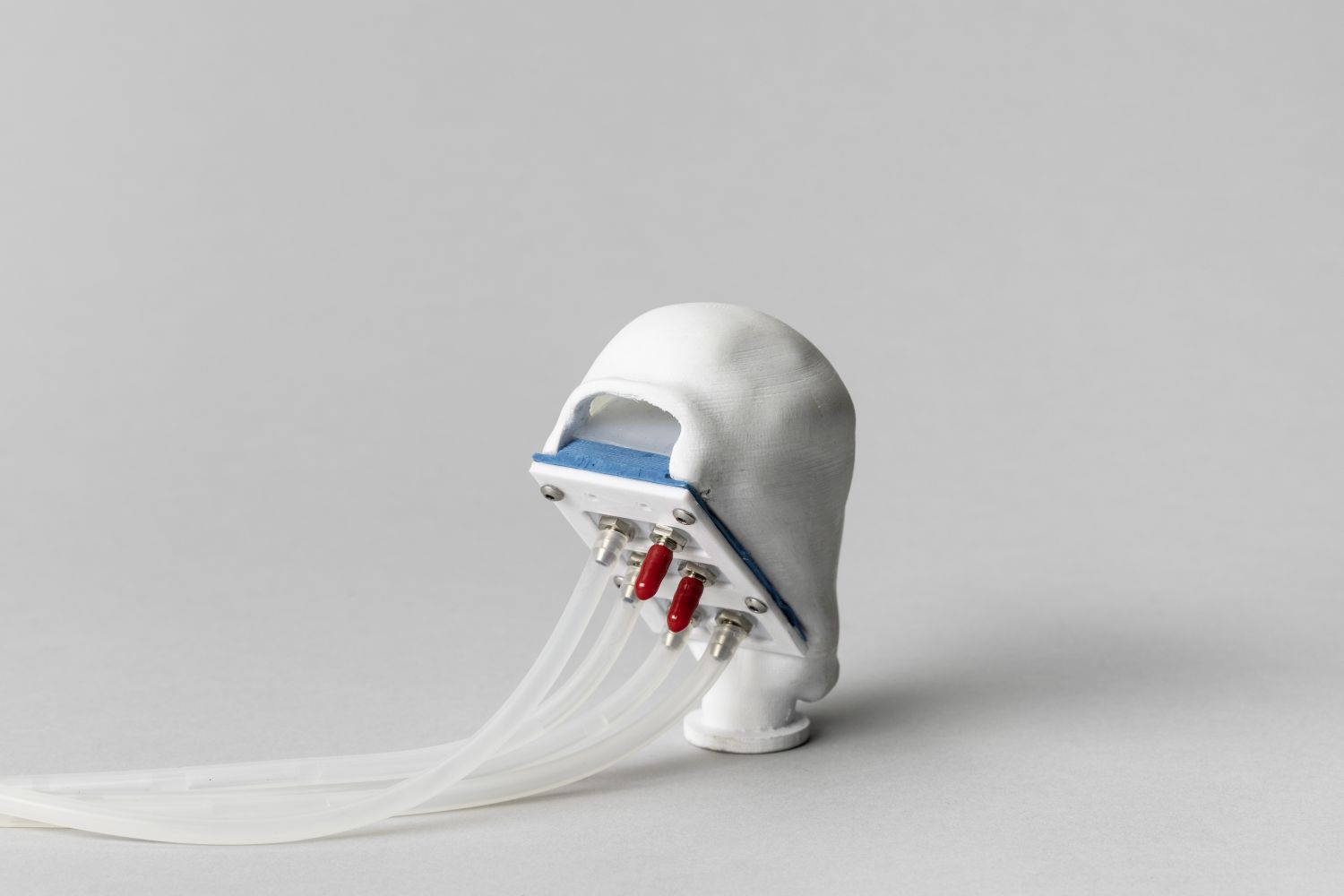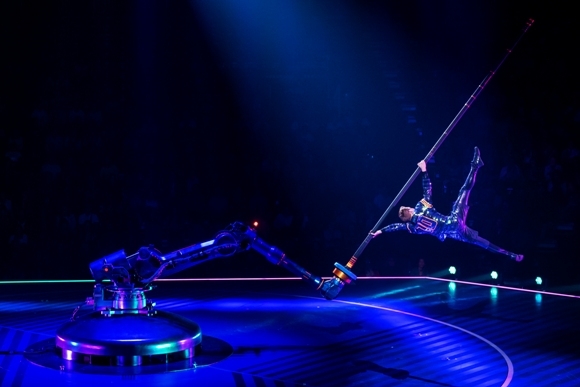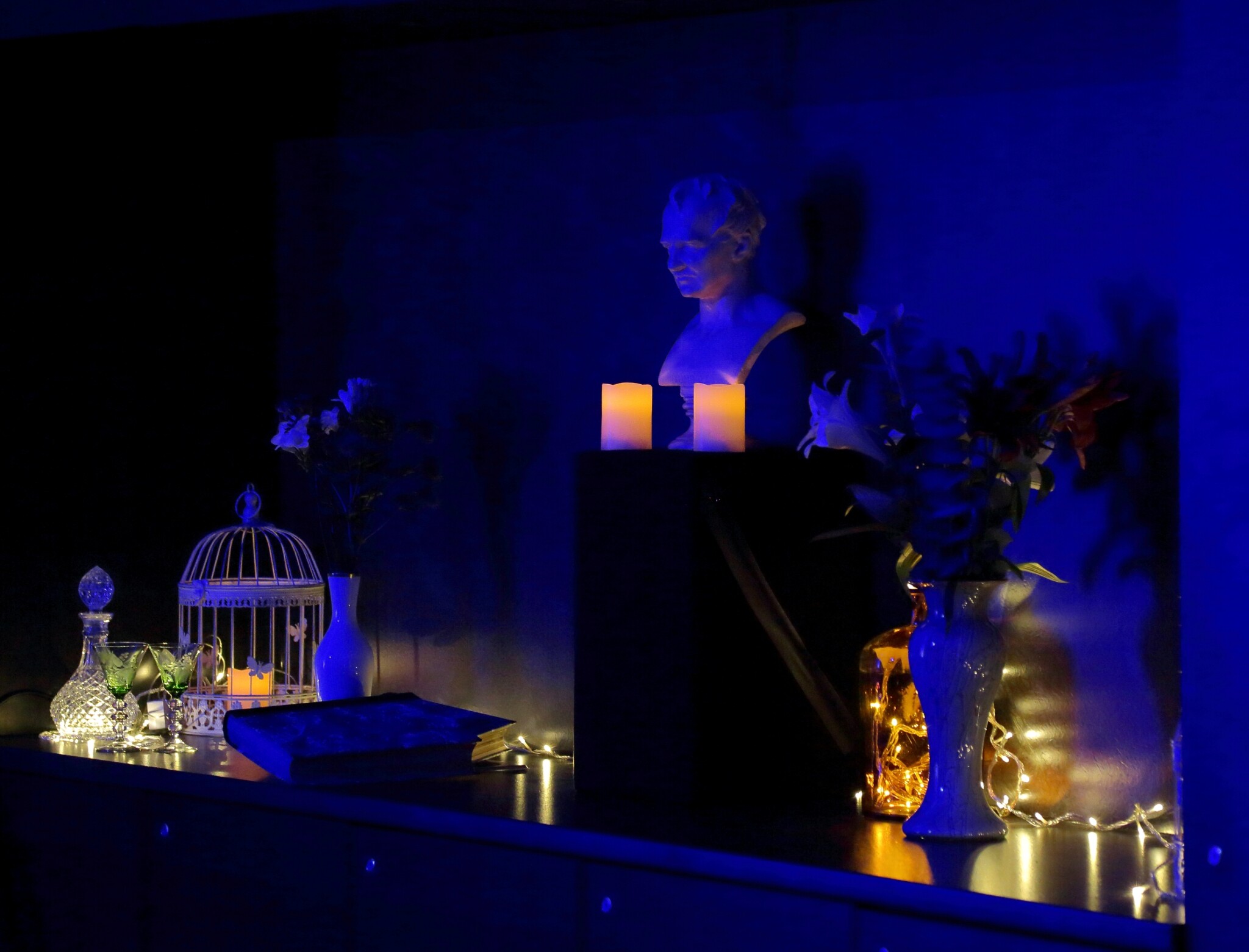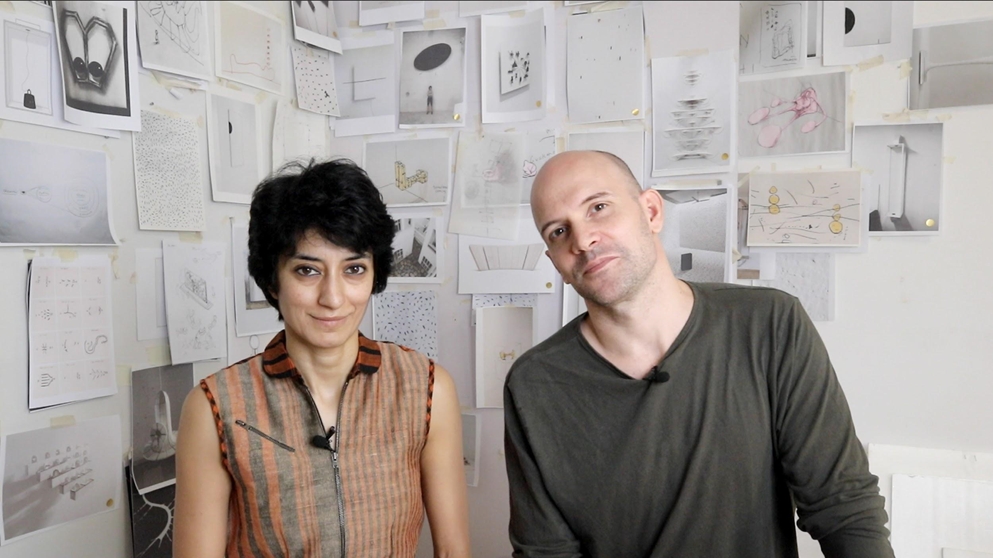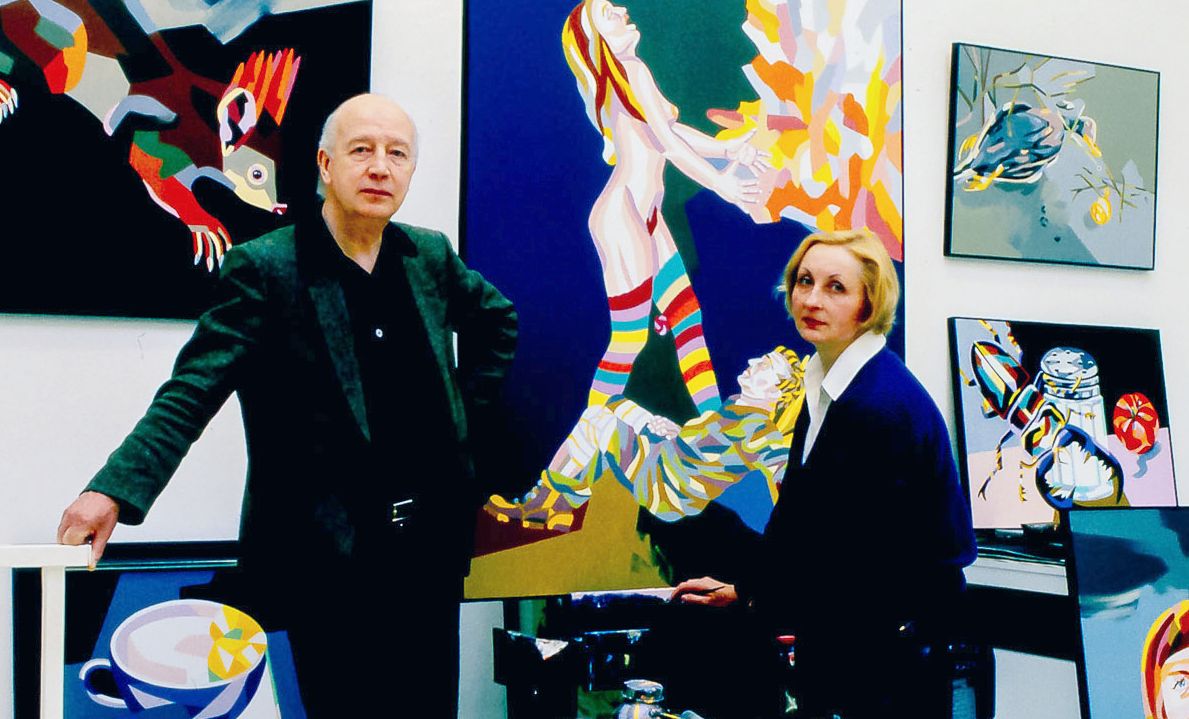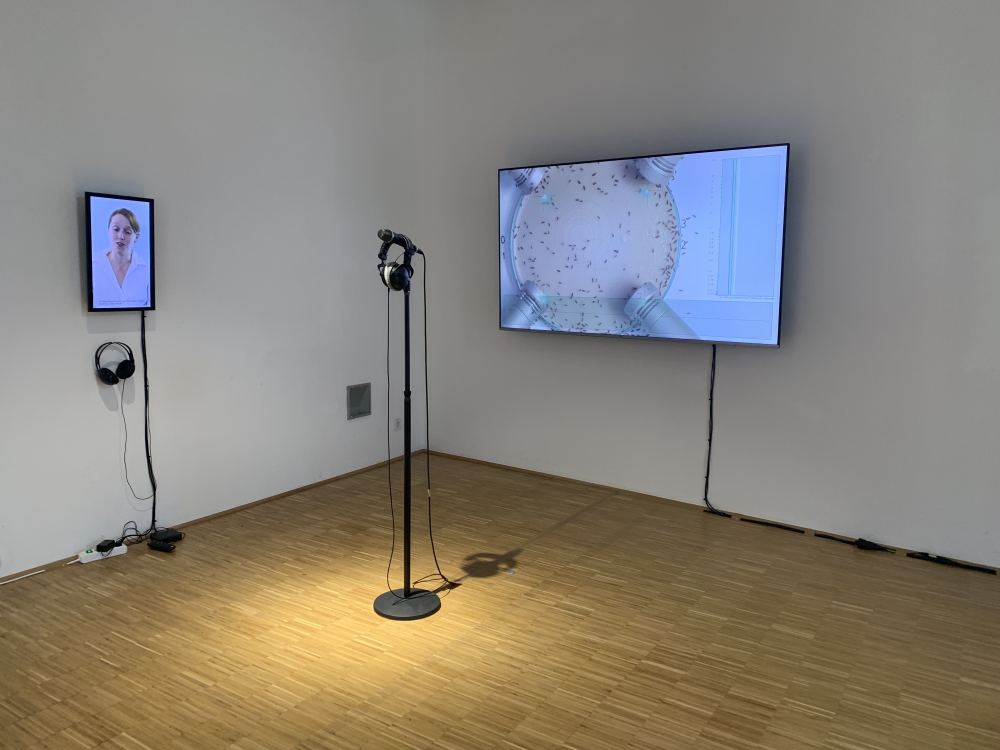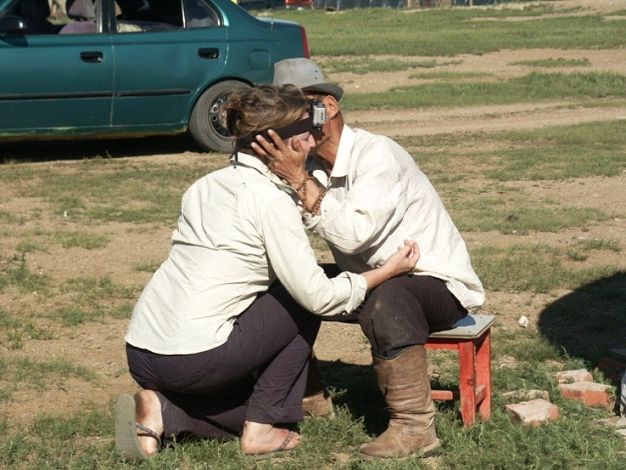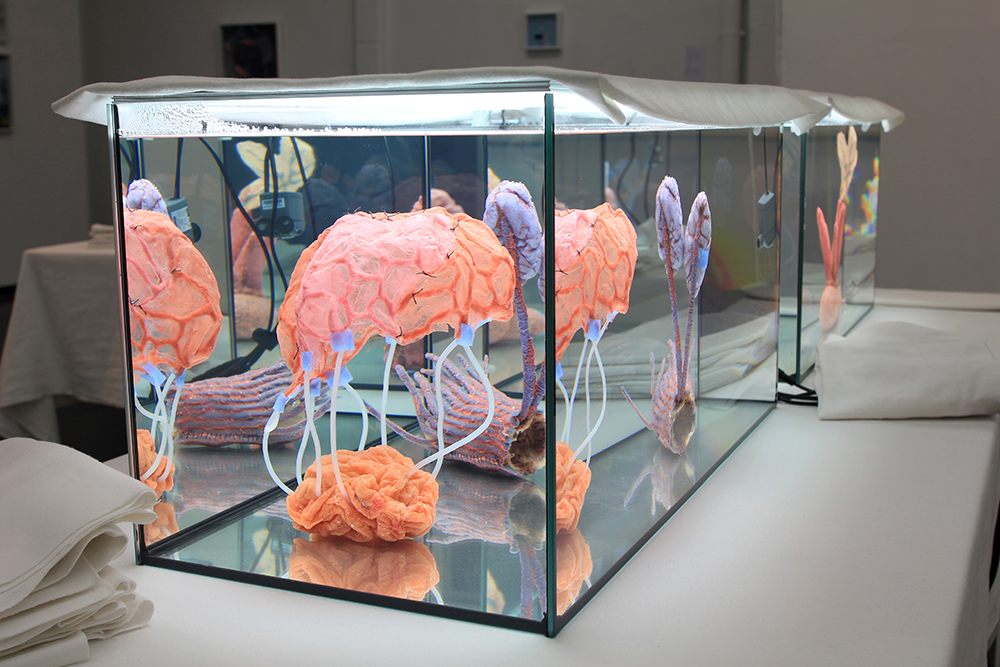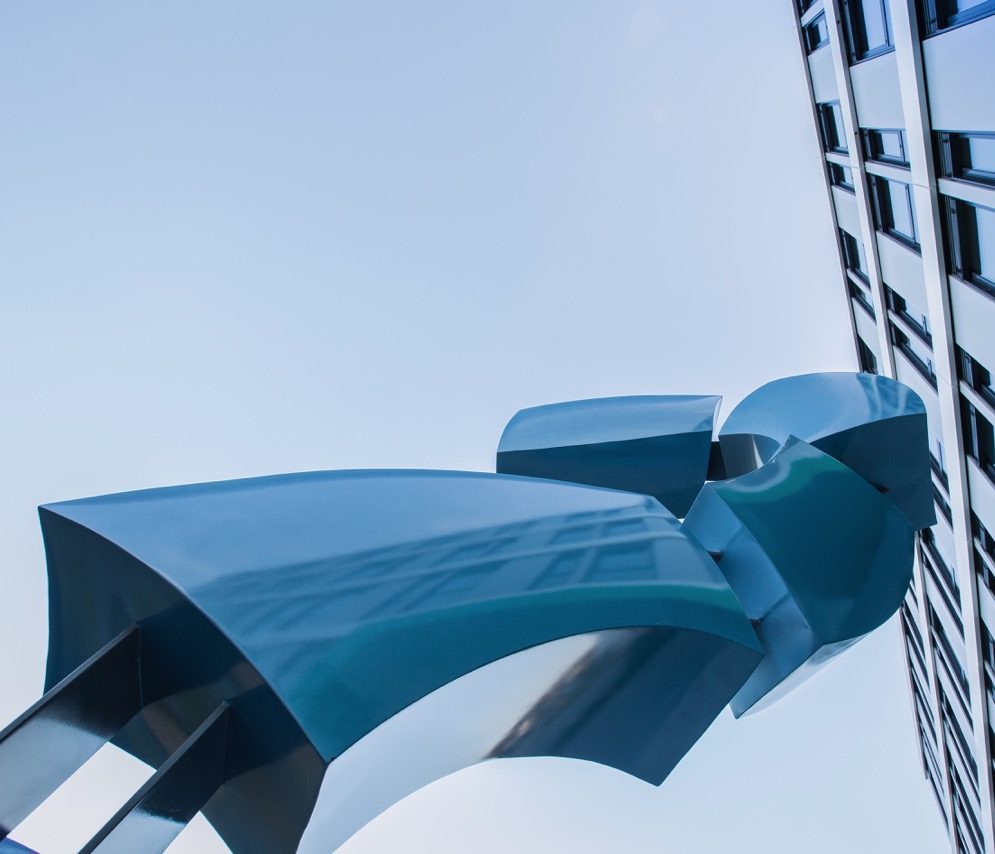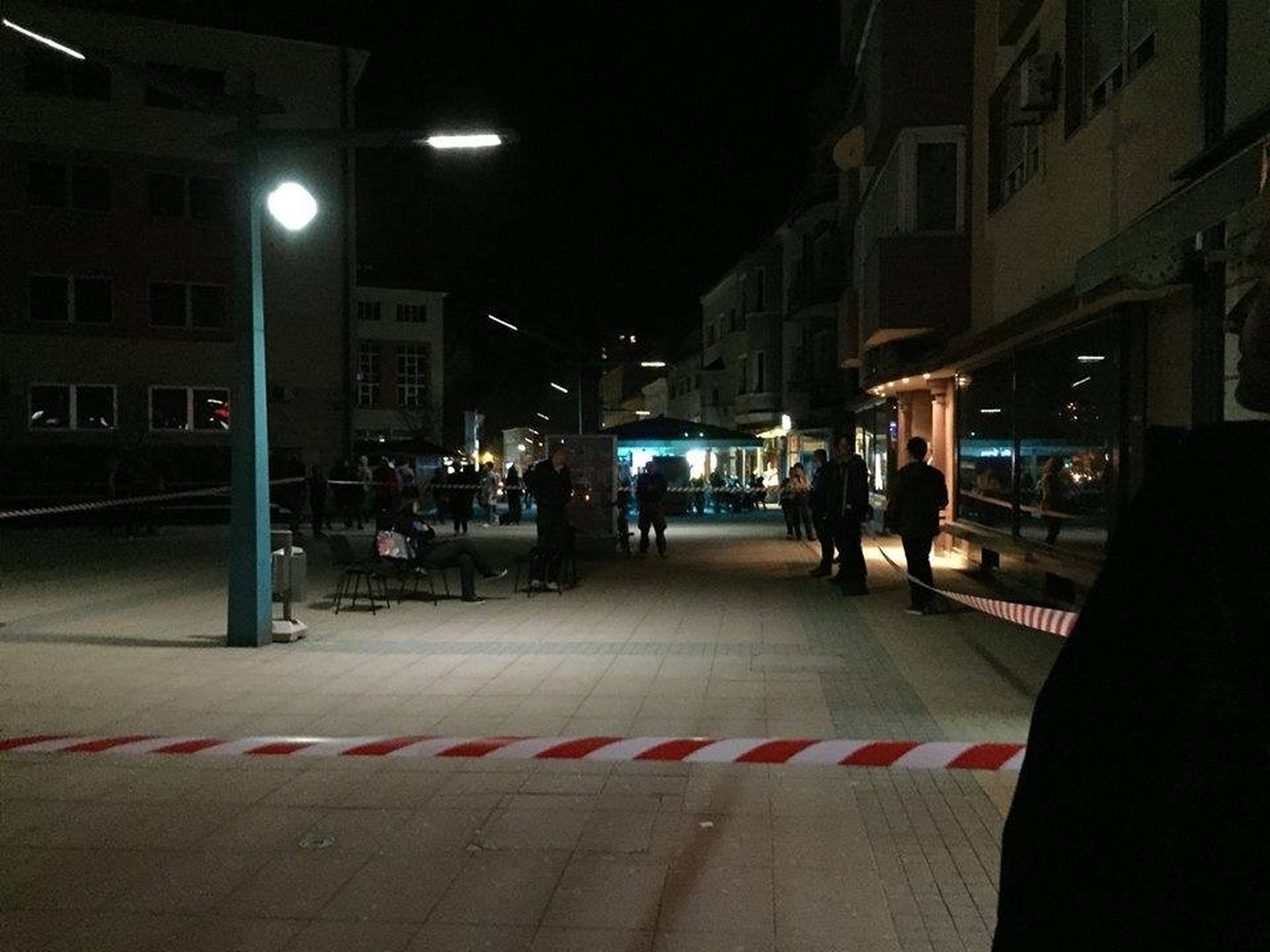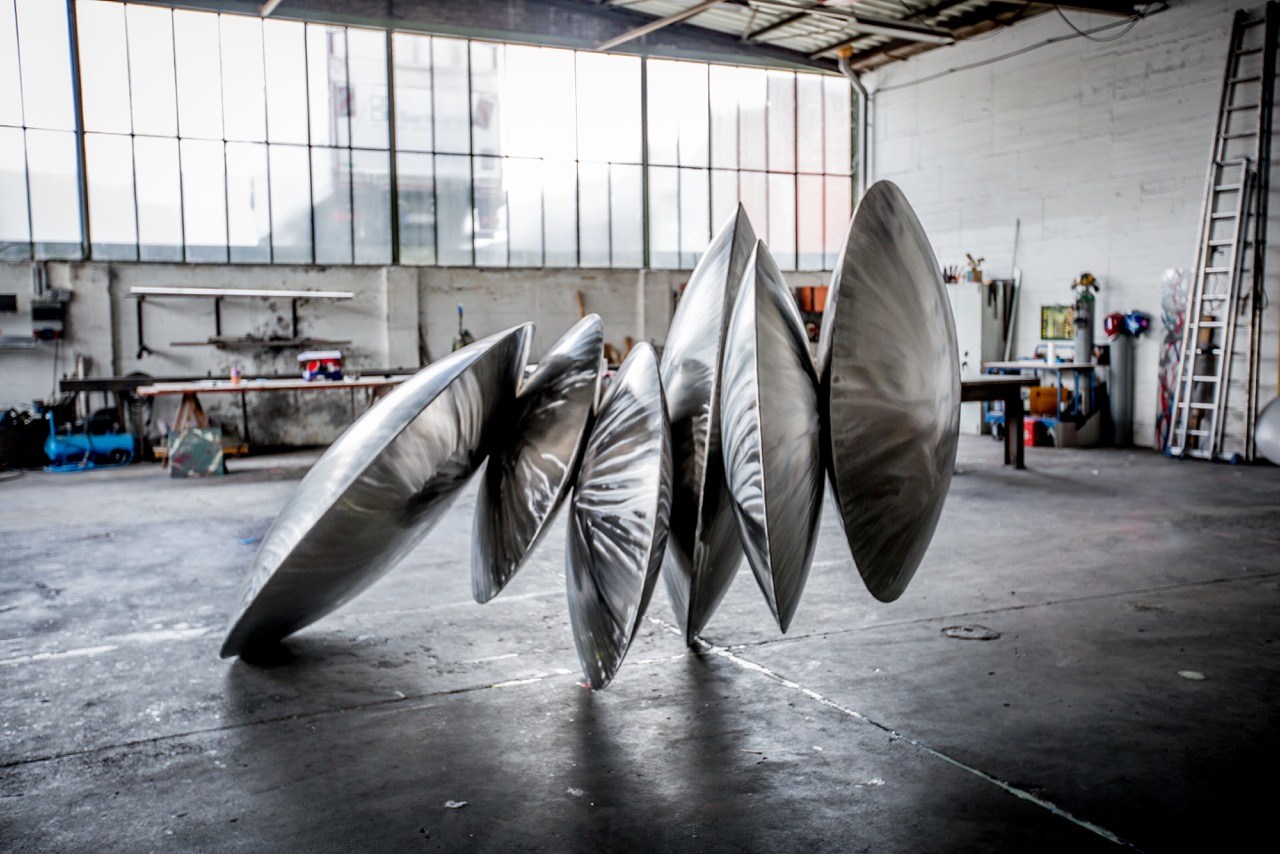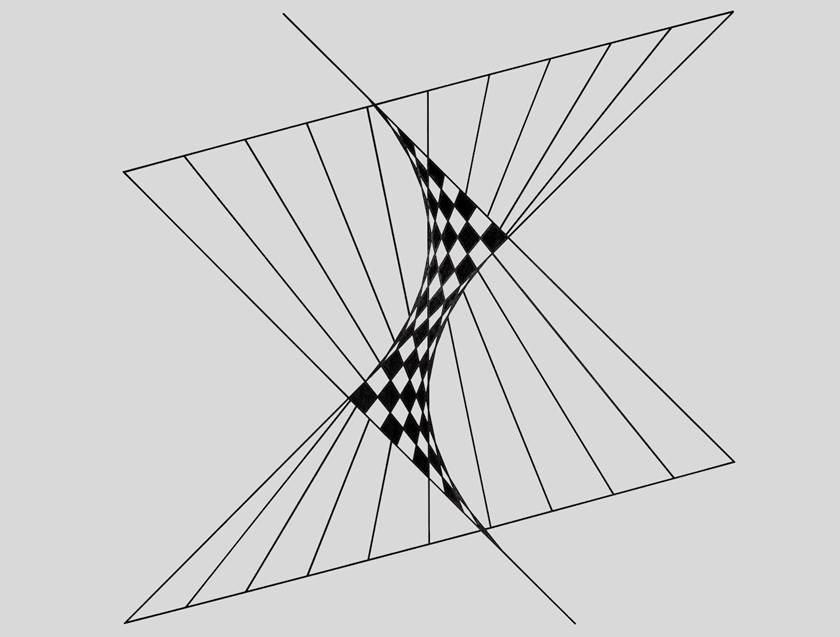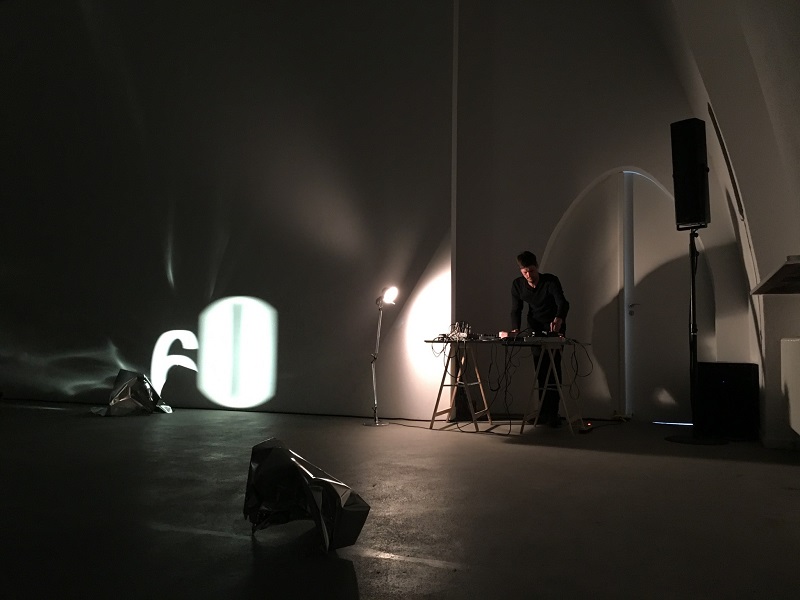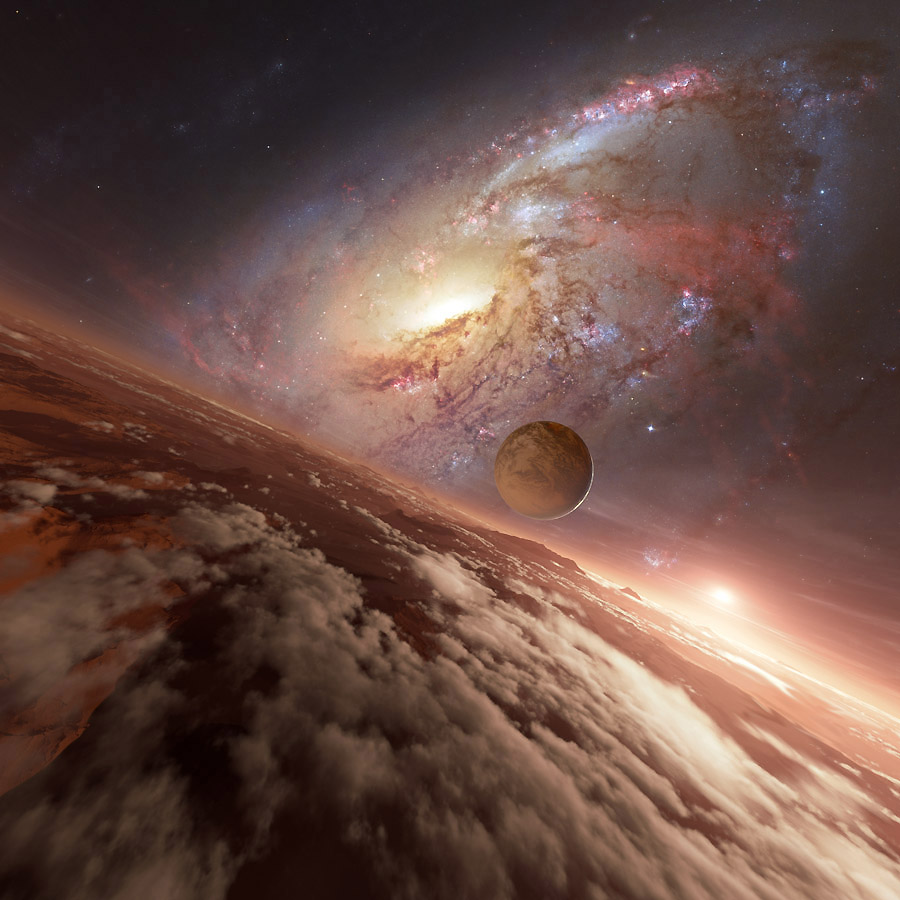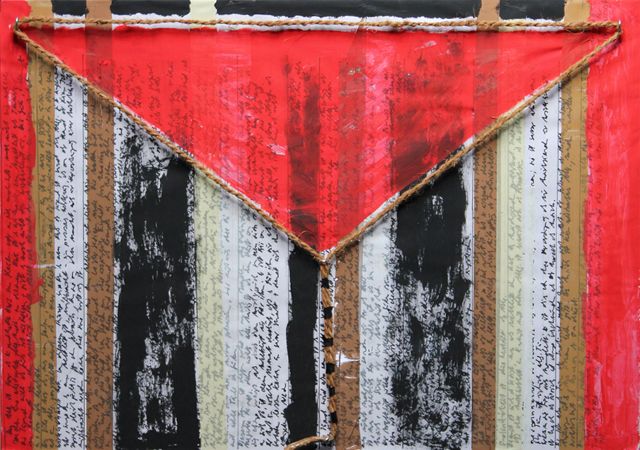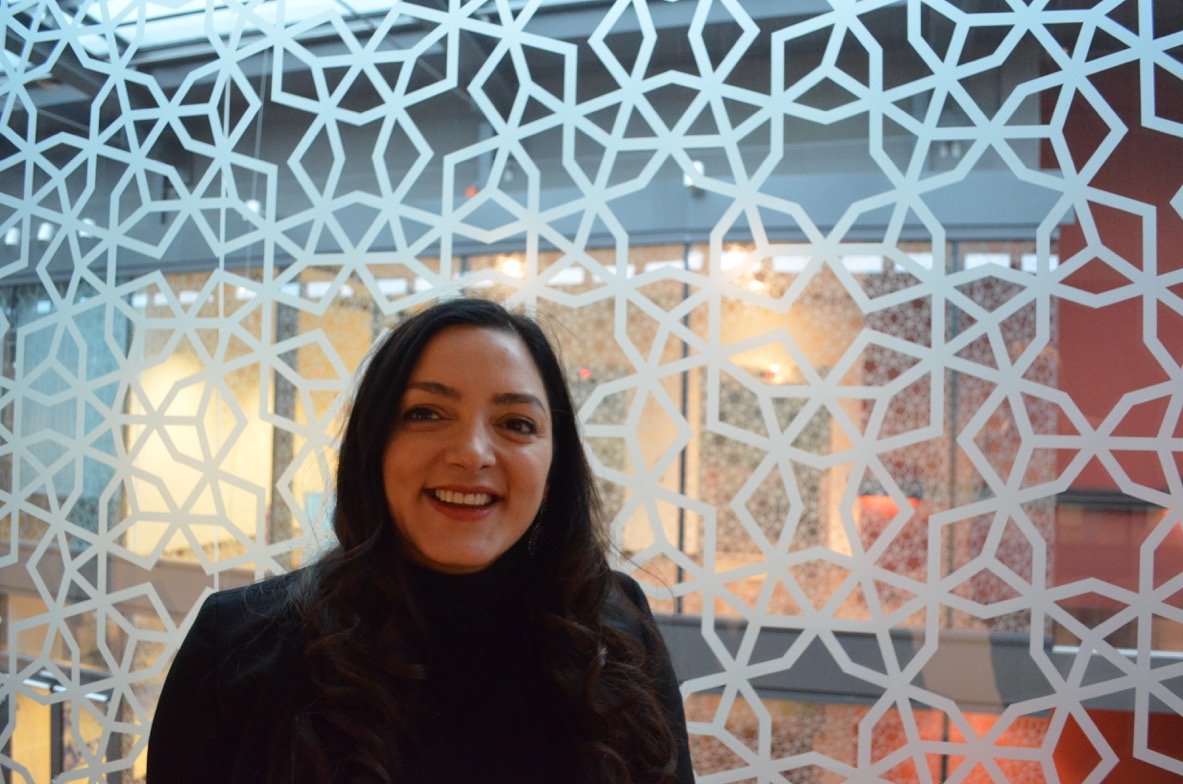Here you can find all articles that are assigned to the category Interviews with Artists.
TA: Collaborating on Diacritical & Competent AI Art – Part 2
In this second part of the interview, AI-artist TA explores how AI-art interacts with the world, creating and requiring unique knowledge while needing human touches to become truly artistic. He addresses the challenges AI-art poses to cultural boundaries and discusses its intersection with scientific research, concluding with thoughts on AI replication, artistry, and the value of AI-art.
TA: AI Art for Research & Unimaginable Futures – Part 1
In this interview, AI-artist TA discusses his definition of AI-art and its potential as a controversial medium. He shares his journey from initial skepticism to embracing AI, collaborating with researchers from various disciplines to explore the intersection of art and scientific knowledge.
Sándor Barics: MARS and the Sunspots
The interview begins with the story of how Sándor Barics' connection between art and science came about and then discusses his series "MARS" and "Sunspots".
Christina Huynh: The Charisma of Nature in Street Art
Reflecting on environmental awareness, in this article Christina Huynh (STYNA), who has an educational background in Visual Communication, illuminates and unpacks the representation, dynamics and beauty of nature in her street art murals.
Environmental Art and Falling from the Sky
In this conversation, artist-scientist Emma Rehn speaks with Robyn Glade-Wright about her 2023 curated exhibition "Falling from the Sky".
Negar Yazdi: City Art and Urban Planning
In this article, Negar Yazdi provides insights into the close relationship between city art and the research field and practice of Urban Planning and Design.
Duncan Wright: Rock Art and Street Art
In this article, archaeologist Duncan Wright explores the intertwined realms of rock art and street art.
Dai Cameron: Nature in Graffiti
In conversation with Anna-Sophie Jürgens, Canberra-based artist Dai Cameron reflects on the role of graffiti and art in relation to nature and the environment.
Peter Bengtsen: Researching Street Art
In this article, Peter Bengtsen, who has written several books on street art, approaches the topic of "Street Art, Science and Engagement" as an academic.
Oliver Thie: Drawing as Research. Part II
In conversation with Peter Tepe, Oliver Thie speaks in detail about his project "Oliarus polyphemus".
Oliver Thie: Drawing as Research. Part I
In conversation with Peter Tepe, Oliver Thie speaks in detail about his project "Oliarus polyphemus".
Timea Tihanyi: Mathematics and 3D-Printing Ceramic Objects
In this conversation, Milena Damrau and Martin Skrodzki speak with Timea Tihanyi about the role of mathematics in her artistic practice.
Dominic Hopkinson: Building Blocks of Space – Mathematical Sculpting
In this conversation, Milena Damrau and Martin Skrodzki speak with Dominic Hopkinson about the role of mathematics in his artistic practice.
Hanna Hoyne: Our Spirit Recharge Vessel is the Earth (Part 2)
Hanna Hoyne explores public space through sculptures, installations and murals with the aim of raising awareness of the urban environment and global issues such as sustainability and environmental responsibility.
Hanna Hoyne: Interpretative-Knowledge Making by Means of Public Art (Part 1)
Hanna Hoyne explores public space through sculptures, installations and murals with the aim of raising awareness of the urban environment and global issues such as sustainability and environmental responsibility.
HoulArt: Wit and Public Inspiration
In conversation with Anna-Sophie Jürgens, James Houlcroft (aka Houl) reflects on the knowledge-oriented, educational and inspirational role of street art – street art as public pedagogy – in the various media and formats he explores in the Australian capital and beyond.
ChatGPT on Artistic Research
Angelika Boeck and Till Bödeker speak with ChatGPT about art, science and artistic research.
Julius Höhn: Questions for Peter Tepe
Julius Höhn is about to graduate from high school. As part of his Abitur examinations, he is investigating the relationship between art and science.
Lee Constable: Founding “Science Meets Street Art” Co-Labs
In this article Australian science communicator Lee Constable discusses her work at the intersection between street art and science.
Esmeralda Conde Ruiz: sensitive ears and insensitive infrastructures. Part II
From April to October 2022, the internationally renowned composer, conductor and artist Esmeralda Conde Ruiz was a guest at the Schaufler Lab@TU Dresden.
Esmeralda Conde Ruiz: sensitive ears and insensitive infrastructures. Part I
From April to October 2022, the internationally renowned composer, conductor and artist Esmeralda Conde Ruiz (*1980/Spain, lives in the UK) was a guest at the Schaufler Lab@TU Dresden.
Angela Schwank and the Clouds
Angela Schwank – author of the artist book "CIRREN" – explains her preoccupation with clouds.
Roland Regner: Arché
In his second w/k interview, Roland Regner begins by explaining the concept of his "Arché" work cycle and the series that it consists of. He then goes on to talk about the work processes used in three of these series.
PHIBS: Graffiti, Street Art and Engagement
In this article, Graffiti and Street Artist PHIBS reflects on how public art in urban spaces can excite the public imagination about the history and cultural relevance of Street Art.
Roland Regner: Transformations
Roland Regner has embarked on a radical photographic project. He is transforming his entire archive of biographical photographs by exposing them to a certain bacterium.
Genetic Engineering and the Exhibition “Cell Vitality”
On the occasion of the exhibition Cell Vitality, Hubert Mayer first gives an introduction to genetic engineering and then discusses a project of art-related science.
Byrd: Art as Pictographic Space and Field Work
Byrd explores the power of art through many facets, commonly through social criticism and environmental commentary. The conversation explores how Byrd’s art frames narratives into a palatable space and perspective for the viewer.
Swaantje Güntzel: „Can’t you make something nice for a change?“
The interview traces Swaantje Güntzel’s artistic development from 2017 until now.
Eva Verena Müller: Between Science and Theatre
This interview traces Eva Verena Müller's development as a scientist and actor.
Dan Power: Art and Environmental Fragility
Environmental artist Dan Power shares his insights on the power of art as a subconscious influencer of environment through his work.
Thomas Gartmann: An In-depth Interview
In this interview, Thomas Gartmann's article Studies in the Arts: An Artistic-Scientific Doctorate is explored in greater depth.
Introducing Anne Hemkendreis
Our newest member to the w/k editorial team introduces herself: the art historian and scholar of Visual Cultural Studies, Anne Hemkendreis.
BOHIE: Art for the Environment
The artist BOHIE discusses her work in the public art formats of street art, murals and fine art murals, and the messages they convey.
Artist-in-Residence: Christian Kosmas Mayer
In the first part of the interview, we take a closer look at what Christian Kosmas Mayer has got up to as artist-in-residence at the Schaufler Lab@TU Dresden.
Martin Riedel & UliK: Techno-Circus
In this interview circus artist Martin Riedel and technology artist and programmer UliK discuss their productive collaborative work at the intersection of performance art and technology.
Glitzern & Denken: The Scientific Variety Show at the Museum für Naturkunde Berlin
Ines Theileis and David Ziegler discuss the vision and possibilities of the Science Variety Show to bring art and science together.
It’s Alive! Aparna Rao on Bringing her Artworks to Life with Robotics
In this interview, Aparna Rao discusses her approach to technology, the nature of her many collaborations with technologists and her interest in combining high-tech and high-art.
Discussion with Karin Götz about VAST
This interview complements 'K. O. Götz as psychologist' in which Karin Götz explains the Visual Aesthetic Sensitivity Test (VAST).
Ursula Damm & Birgit Brüggemeier: In the Language of the Flies
The artist Ursula Damm and the neuroscientist Birgit Brüggemeier talk about interspecies communication between humans and flies.
Angelika Boeck: Artist with Doctorate
Angelika Boeck is a visual artist who received her doctorate in Ireland - a border crosser between art and science.
malatsion: Genese/genesen
malatsion's science-related installation Genese/genesen reflects her interest in modern biology and the ethical issues it raises.
Silvia Stocchetto: Forms in Nature
Turning from research biology to visual art - Silvia Stocchetto`s work combines realistic and fantastic elements, crossing the border between science and art.
Ira Seidenstein: Clowning and Academia – Part II
In the second part of his interview, Dr Ira Seidenstein shares his thoughts on the cultural and intermedial appeal of the clown character.
Cordula Hesselbarth: Laws of Nature Seen through Art
Cordula Hesselbarth is an artist and science illustrator. In Part I of the interview, her concept of science-related art is worked out in all its aspects. Part II will be published in the first half of 2019.
Ira Seidenstein: Clowning and Academia – Part I
In the first part of his interview, he explains his approach to research, his understanding of clowning, and the ways he teaches his students to discover the elasticity of their own imagination, and the creativity and performative powers a clown needs on stage.
Thomas Schönauer: Science – Technology – Critique of Linear Thinking
A conversation with Irene Daum and Peter Tepe | Section: Interviews Part II (Back to Part I) You also collaborate with architects and are a member of the Bund der Architekten (BDA – Association…
Mischa Kuball: Light Projects and New Pott
Mischa Kuball: “The idea [of New Pott] was born of my (so-called German) contribution to the 34th Sao Paolo Biennale in 1998 which was curated by Paulo Herkenhoff under the general theme of anthropophagy with reference to the homonym manifesto by Oswald de Audrade from 1927. This manifesto tried to give an answer to the European dominance in the domain of the arts, the Parisian art world pretending that Brazilian artists were copying European modernism. The manifesto replied: No, we will not copy, but guzzle and digest you!”
Thomas Schönauer: Artist-philosopher
In conversation with Irene Daum and Peter Tepe the sculptor and painter Thomas Schönauer presents himself as an artist-philosopher. In some of his works he has adopted a science-related approach. In other projects he has collaborated with scientists and engineers.
Gerhard Daum: Mathematical Experimental Constructivism
Gerhard Daum falls into the category of a science-related artist. He bases his work on mathematics, above all on Euclidian geometry, trigonometry and analysis. His approach is experimental, probing different techniques of mathematical construction and then reducing the constructional matrix, while continuously observing the aesthetic effect.
Science-related Art: Mischa Kuball
Mischa Kuball: "I do not perceive myself as a double-competent cross-over worker between science and art, but rather as an artist who is working transdisciplinary. As an artist, I contribute to certain scientific research projects. Particularly, there are cooperation projects with the neurosciences neuropsychology and neurophysiology." …
Detlev van Ravenswaay: Space Art
The terms Space Art or Astronomical Art (I prefer the latter) are used for pictorial representations of aspects of the cosmos or the universe. Obviously, Astronomical Art also allows to represent utopias, but always on the basis of the current state of research in natural science. “Beam me up, Scotty” remains Science Fiction. It has to do with science and cultural history, with technology and last but not least with Man, who has always felt the urge to leave planet Earth and to explore the universe. …
Border Crosser between Science and Visual Arts
A border crosser between science and art is what the online journal calls an individual working both scientifically and artistically in the field of fine arts. I belong to this group, too. (…) I will introduce the reader to some of my artistic works created since 2013. For this purpose, I will select some representative examples from several series and explain their prevailing peculiarities.
Meral Alma: Painter and PhD Candidate
Artist interview
Meral Alma, although you are still studying at the Düsseldorf Art Academy under Siegfried Anzinger, as a painter over the last three years you have managed to position yourself remarkably well in the art market. Seven solo exhibitions, participation in over twenty group exhibitions, two-time winner of the talent award of the Düsseldorf Art Academy.
